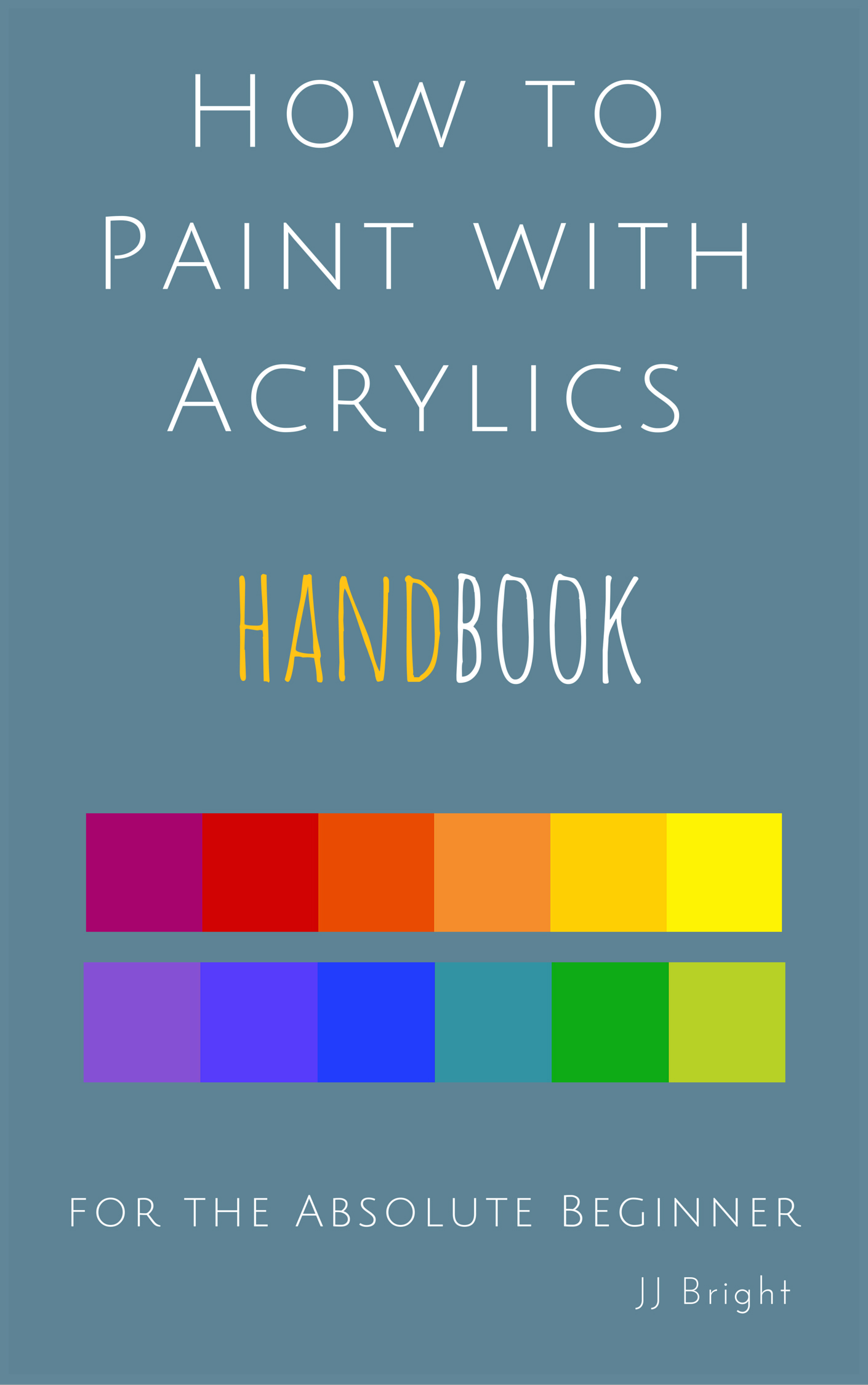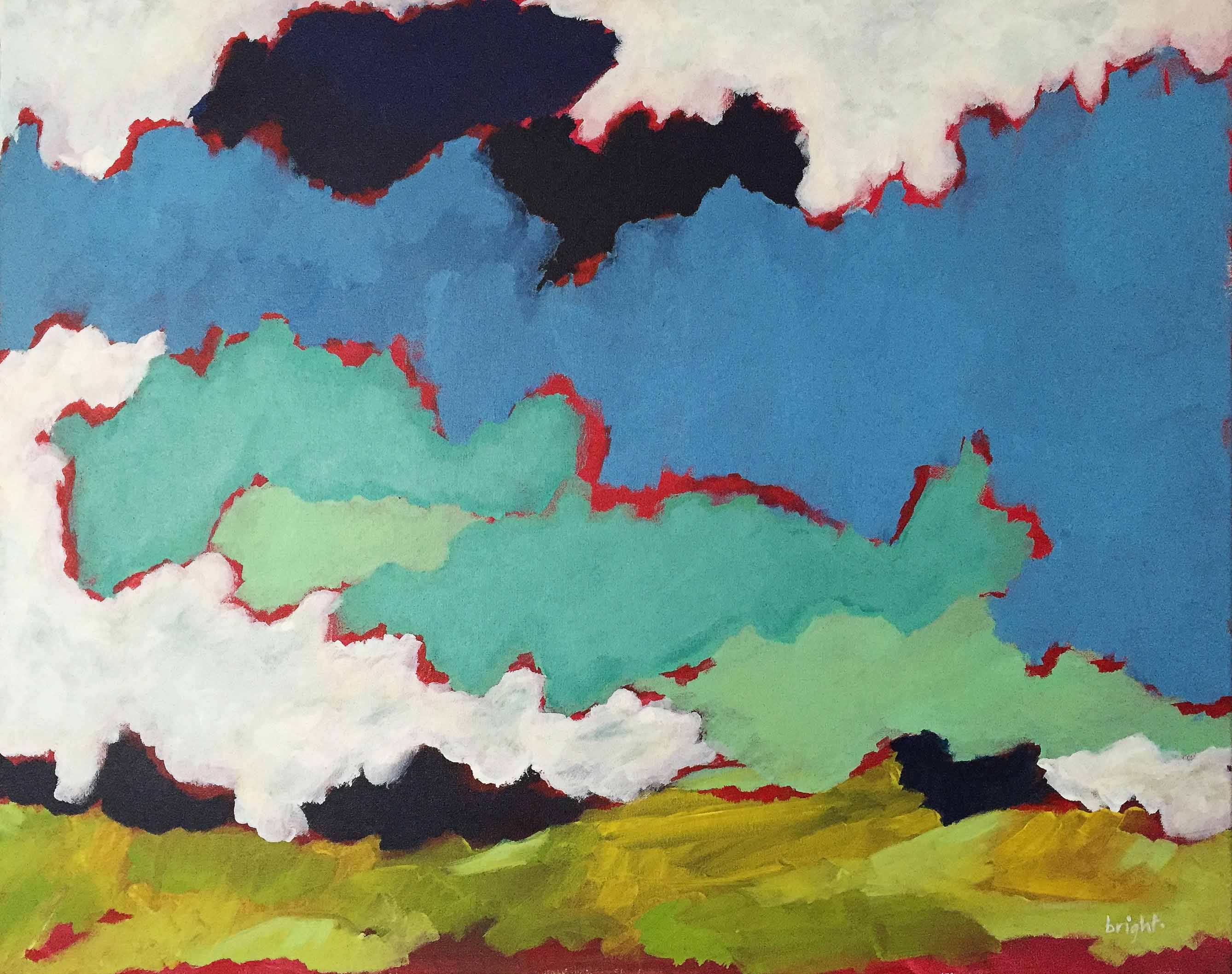As artists, how often are we held back by our belief in the need to be 100% original in our creating? Is it possible to create something that is entirely new, without referencing, imitating or translating an existing piece of work?
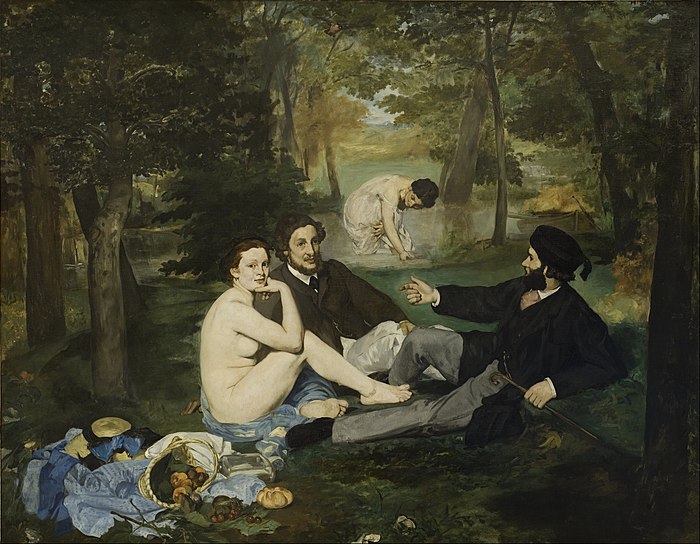
A famous instance of ‘copying’, or maybe more correctly, ‘imitating’, is found in the work of Edouard Manet’s, “The Luncheon” (1863, oil on canvas), a painting considered scandalous at the time of its creation because of its depiction of illegal activity, namely public nudity. There was question about the origin of the image, specifically, did the work represent actual events familiar to the artist?
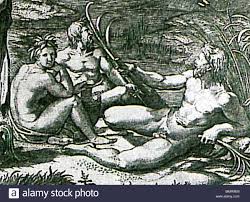
Many years after “The Luncheon” was introduced to the public, the likely source of its content and framework (the inspiration for the piece) was discovered in the form of an engraving created 300 years prior. The contents of “The Luncheon”, it appeared, were not entirely original, and the painting was, instead, based on a detail image from “The Judgement of Paris”, (1520), an engraving by Marcantonio Raimondi, after Raphael.
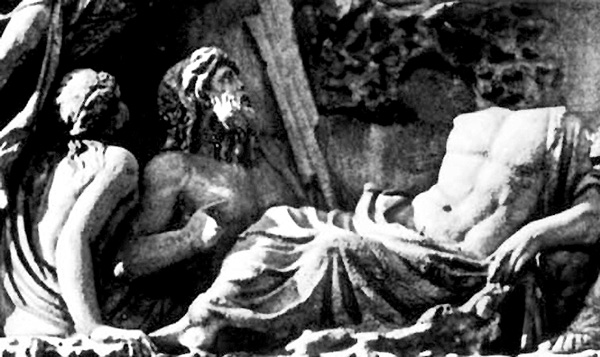
The engraving, in turn, references an even earlier work from the 3rd century A.D., the “River Gods” frieze, from Villa Medici in Rome.
What does this tell us about art and originality? Is ‘completely original’ possible? or does every new creation simply build on previously explored themes and ideas, altering form and language to resonate in our modern contexts, whatever era that may be.
* This written piece inspired by History of Art, H.W. Janson, Second Edition
